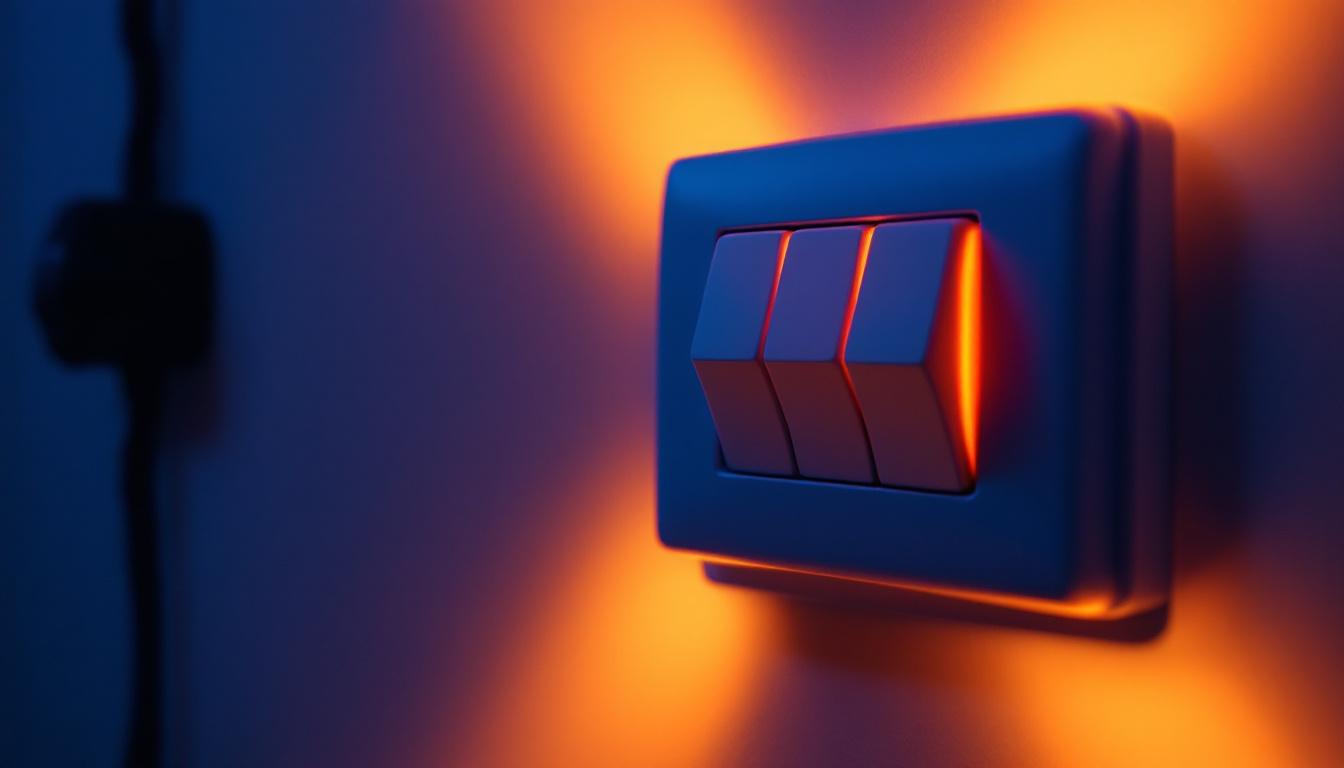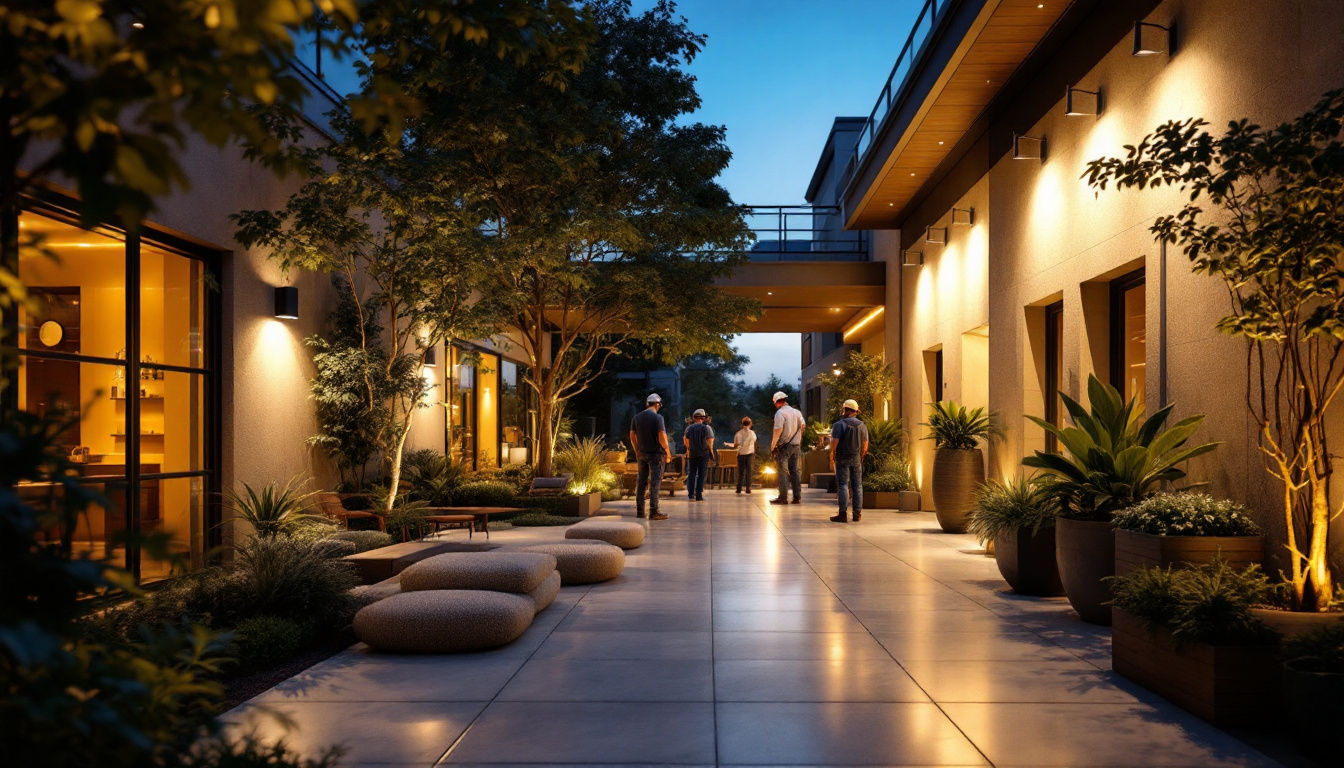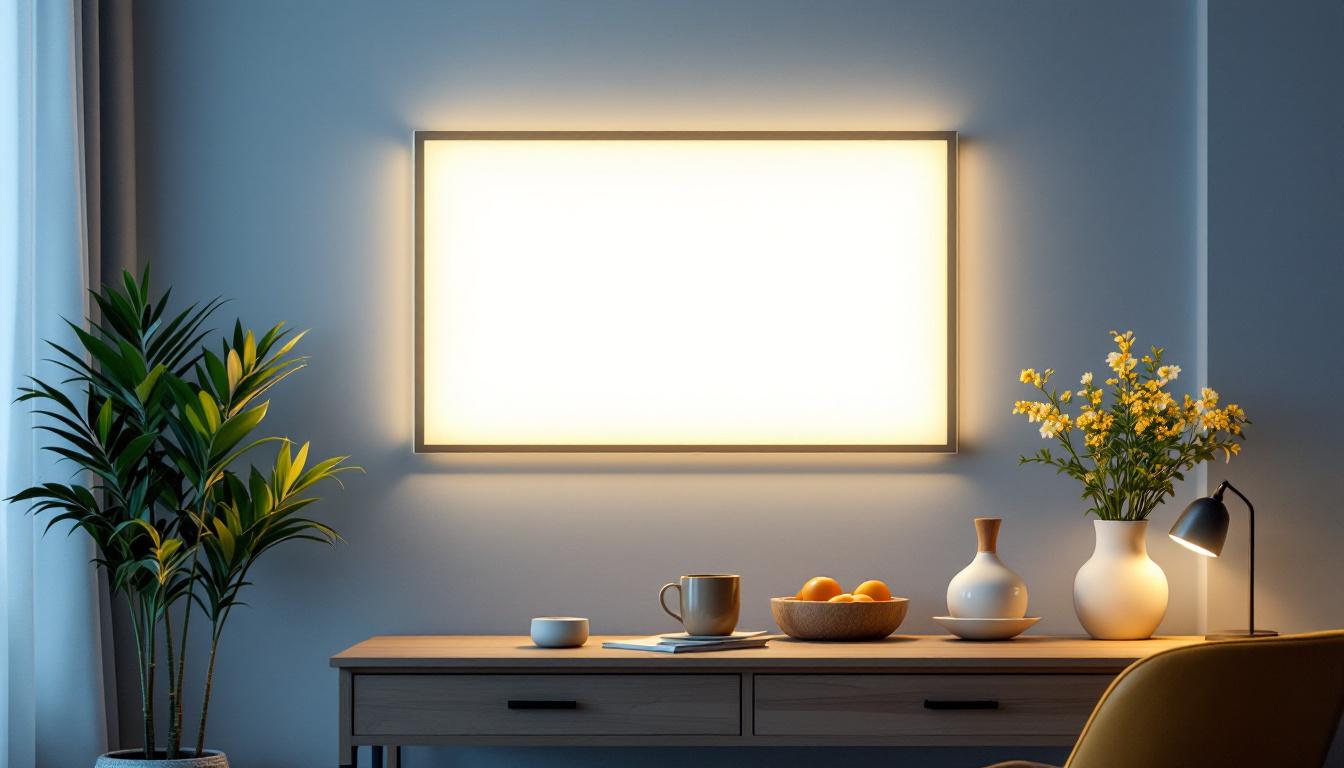
In the ever-evolving world of lighting technology, LED lightbulbs stand out as a revolutionary advancement, particularly for lighting contractors. These bulbs are not just a trend; they represent a significant shift in how lighting is approached in both residential and commercial settings. Understanding the intricacies of LED technology is essential for contractors who aim to provide their clients with efficient, sustainable, and cost-effective lighting solutions.
LED, or Light Emitting Diode, is a semiconductor device that emits light when an electric current passes through it. Unlike traditional incandescent bulbs that produce light through heating a filament, LEDs generate light through electroluminescence, which is far more efficient. This fundamental difference in technology leads to numerous advantages that every lighting contractor should be aware of.
One of the most compelling benefits of LED lightbulbs is their energy efficiency. LEDs consume significantly less power compared to incandescent and fluorescent bulbs, often using up to 80% less energy. This efficiency translates into lower electricity bills for clients, making LEDs an attractive option for both residential and commercial applications.
Moreover, the lifespan of LED bulbs is remarkable. While traditional bulbs may last around 1,000 hours, LEDs can last anywhere from 15,000 to 50,000 hours or more, depending on the quality of the product. This longevity not only reduces the frequency of replacements but also minimizes maintenance costs, a crucial factor for contractors managing large projects. Furthermore, the durability of LEDs means they are less prone to breakage, making them safer for use in various environments, including those with high foot traffic or outdoor settings.
LEDs offer a wide range of color temperatures, allowing for greater flexibility in design and ambiance. From warm white to cool daylight, contractors can select the appropriate color temperature to enhance the aesthetic appeal of a space. This versatility is particularly beneficial in commercial settings where mood and productivity can be influenced by lighting.
Additionally, the color rendering index (CRI) of LED bulbs is often higher than that of traditional lighting options. A higher CRI means that colors appear more vibrant and true to life, which is essential in settings such as retail, where accurate color representation is vital. In creative spaces like art studios or photography studios, the ability of LEDs to render colors accurately can significantly impact the quality of work produced. Moreover, advancements in LED technology have led to the development of tunable white LEDs, which allow users to adjust the color temperature dynamically, catering to different tasks and times of day, thus enhancing both functionality and comfort in various environments.
While LED bulbs are generally straightforward to install, there are several considerations that contractors should keep in mind to ensure optimal performance and client satisfaction. Understanding the unique characteristics of LED technology can help in planning installations effectively.
One common issue encountered during installations is compatibility with existing fixtures. Some older dimmer switches and fixtures may not be designed to work with LED bulbs, leading to flickering or reduced performance. It is crucial for contractors to assess the compatibility of existing systems and, if necessary, recommend upgrades to ensure seamless integration.
In some cases, retrofitting existing fixtures with LED-compatible components can enhance performance and extend the lifespan of the lighting system. Contractors should be prepared to offer solutions that address these compatibility issues, ensuring a smooth installation process. Additionally, it’s beneficial to educate clients on the advantages of switching to LED-compatible fixtures, such as improved energy efficiency and reduced electricity costs, which can ultimately lead to a more sustainable lighting solution for their spaces.
Although LEDs produce less heat than traditional bulbs, proper heat management is still essential for maintaining performance and longevity. LEDs are sensitive to heat, and excessive temperatures can reduce their lifespan and efficiency. Contractors should consider the placement of fixtures and ensure adequate ventilation to prevent overheating.
Using fixtures designed for LED applications can also help manage heat effectively. Many modern LED fixtures come equipped with built-in heat sinks that dissipate heat efficiently, contributing to the overall performance of the lighting system. Furthermore, contractors should be aware of the ambient temperature of the installation environment, as extreme conditions can also impact LED performance. For example, in outdoor settings or unconditioned spaces, selecting LEDs rated for such conditions can prevent premature failure and ensure that the lighting remains consistent and reliable throughout its intended lifespan.
For many clients, the initial cost of LED bulbs can be a point of hesitation. However, a thorough cost analysis can reveal the long-term savings associated with LED lighting. Lighting contractors should be equipped to provide clients with a clear understanding of the return on investment (ROI) when switching to LED technology.
While the upfront cost of LED bulbs may be higher than traditional options, the long-term savings are substantial. The reduced energy consumption translates to lower utility bills, and the extended lifespan of LEDs means fewer replacements and maintenance costs. Contractors should emphasize these benefits when discussing options with clients.
Additionally, many regions offer incentives or rebates for energy-efficient upgrades, further offsetting the initial investment. Contractors should stay informed about local programs that can benefit their clients, making the transition to LED lighting even more appealing. Furthermore, the energy efficiency of LEDs can lead to a more stable and predictable energy budget, which is particularly beneficial for businesses that rely on consistent cash flow for operations. By providing a detailed breakdown of potential savings over time, contractors can help clients visualize the financial advantages of making the switch.
Another critical aspect of LED lighting is its positive impact on the environment. LEDs are free of toxic materials like mercury, which is commonly found in fluorescent bulbs. This characteristic makes them a more environmentally friendly choice, appealing to clients who prioritize sustainability.
By choosing LED lighting, clients can significantly reduce their carbon footprint. Contractors can leverage this information to attract environmentally conscious clients and position themselves as leaders in sustainable lighting solutions. Additionally, the reduced energy consumption associated with LEDs contributes to a decrease in greenhouse gas emissions, which is a vital consideration in the fight against climate change. As more consumers become aware of their environmental impact, the demand for sustainable lighting options is likely to grow, creating an opportunity for contractors to expand their services and cater to a market that values eco-friendly practices. Engaging clients in discussions about the broader implications of their lighting choices can foster a deeper connection and encourage them to make informed, responsible decisions regarding their energy use.
The LED lighting industry is continuously evolving, with new trends emerging that can influence how contractors approach their projects. Staying updated on these trends is essential for providing clients with the latest and most effective lighting solutions.
One of the most significant trends in the lighting industry is the integration of smart technology with LED lighting. Smart LEDs allow for remote control, scheduling, and even automation through mobile apps or voice-activated devices. This technology not only enhances convenience but also offers energy-saving features that can further reduce costs.
Contractors should consider incorporating smart lighting solutions into their offerings, as clients increasingly seek customizable and user-friendly options. Understanding the various smart lighting products available can position contractors as knowledgeable professionals in a competitive market. Additionally, the rise of IoT (Internet of Things) has paved the way for interconnected devices, allowing for seamless integration of lighting with other smart home systems, such as security and climate control. This holistic approach not only enhances the functionality of a space but also appeals to tech-savvy clients who prioritize convenience and efficiency.
Another emerging trend is human-centric lighting, which focuses on creating lighting environments that support human health and well-being. This approach considers factors such as circadian rhythms and the psychological effects of light on mood and productivity. By incorporating human-centric principles into their designs, contractors can enhance the overall experience of a space.
Implementing human-centric lighting often involves using tunable white LEDs that can adjust color temperature throughout the day. This adaptability can be particularly beneficial in workplaces, schools, and healthcare facilities, where lighting can significantly impact performance and well-being. Moreover, research has shown that exposure to natural light can improve mood and reduce stress, making it essential for contractors to design spaces that maximize daylighting alongside artificial lighting solutions. By blending natural and artificial light effectively, contractors can create environments that not only look aesthetically pleasing but also promote a healthier and more productive atmosphere for occupants.
In conclusion, LED lightbulbs represent a transformative shift in the lighting industry, offering numerous benefits that are particularly relevant to lighting contractors. From their energy efficiency and longevity to their versatility and environmental impact, LEDs provide a range of advantages that can enhance client satisfaction and drive business success.
Understanding the technology behind LEDs, installation considerations, cost analysis, and emerging trends will equip contractors with the knowledge needed to navigate this dynamic landscape. By staying informed and adapting to the latest developments in LED lighting, contractors can position themselves as trusted experts, ready to meet the evolving needs of their clients.
As the demand for energy-efficient and sustainable lighting solutions continues to grow, embracing LED technology will not only benefit contractors but also contribute to a brighter, more sustainable future for all.
Ready to elevate your lighting game? Look no further than LumenWholesale for all your LED lighting needs. We specialize in providing lighting contractors with superior, spec-grade lighting products at prices that can’t be beaten. Say goodbye to local distributor markups and hello to our extensive selection that meets the highest industry standards. With LumenWholesale, you’ll enjoy the convenience of bulk buying with free shipping, ensuring you get the best value without any hidden fees. Don’t compromise on quality or cost. Wholesale Lighting at the Best Value is just a click away. Make the smart choice for your business and your clients, and partner with us today.

Discover expert tips and strategies for lighting contractors to excel in the art of pendant lighting installation.

Discover how a three-way 12V switch can revolutionize safety in lighting installations.

Discover why lighting contractors should prioritize outdoor lighting projects with these five compelling reasons.

Discover how LED flat panel light fixtures can transform your lighting designs with energy efficiency, uniform illumination, and modern aesthetics—boost your projects today!.